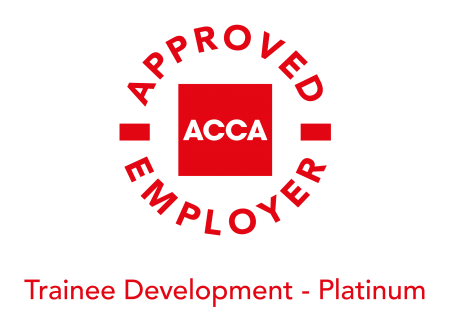IR35 update – what do you need to know?

IR35 is a piece of legislation which enables HMRC to address the issue of ‘disguised employment’, where self-employed workers set themselves up as limited companies, and pay themselves in dividends. These are not subject to National Insurance, and therefore this is a saving for both contractor and employer.
IR35 was initially introduced in 1999, and is intended to assess where contractors are, in reality, employees. The government states that ‘off-payroll working rules will ensure that two people working side by side in a similar role for the same employer pay the same employment taxes’.
Currently, IR35 is limited to compliance in the public sector, with the rules being as follows:
- For public sector contracts, the hirer is responsible for working out whether the contractor falls inside or outside IR35 rules. If he or she is inside, the hirer needs to treat them as a full employee, deduct tax and National Insurance and inform the HMRC.
- For private sector contracts, the contractor is responsible for deciding whether they fall inside or outside the rules and informing their hirer.
However, a recent government consultation has resulted in a decision to extend IR35 to freelance contractors in the private sector from April 2020. From this date, all medium and large sized private sector businesses employing freelance contractors will become responsible for the employment status of the contracts it enters into with personal service companies.
However, it’s fair to say this is not a popular move with either freelancers or the businesses which employ them, and although the roll-out date was extended to 2020 in an attempt to address concerns, according to a recent survey, 77% of contractors feel that the private sector will not be prepared to handle IR35 cases by this deadline.In addition, 73% of businesses say that the update will affect the number of contractors they hire, so it could have serious implications for freelance workers.
There are three main factors for contractors to consider when it comes to determining IR35 status:
- Supervision, direction and control – to what degree does your client control the way you go about your work? Are your hours pre-determined or is the venue where you work fixed?
- Personal service substitution – do you undertake the work yourself, or do you use a substitute, which full employees are unable to do?
- Mutuality of obligation (MOO) – as a contractor, your work should be undertaken on a project-by-project basis. If there is any obligation by the hirer to offer further work and you are obliged to do it, then this indicates a contract of employment.
There are further factors which need to be taken into consideration, all of which hirers and contractors should examine carefully prior to the deadline.
The government has produced a service called CEST (Check Employment Status for Tax) to help contractors decide whether they should be classed as employed or self-employed for tax purposes. However, it’s an extremely complicated and arguably ambiguous piece of legislation; professional expertise will ensure that you get it right first time and avoid heavy fines.
At Perrys Chartered Accountants we have extensive experience in tax compliance issues. Check out our tax web page here, or get in touch and we’ll be happy to guide you through the minefield of IR35.







